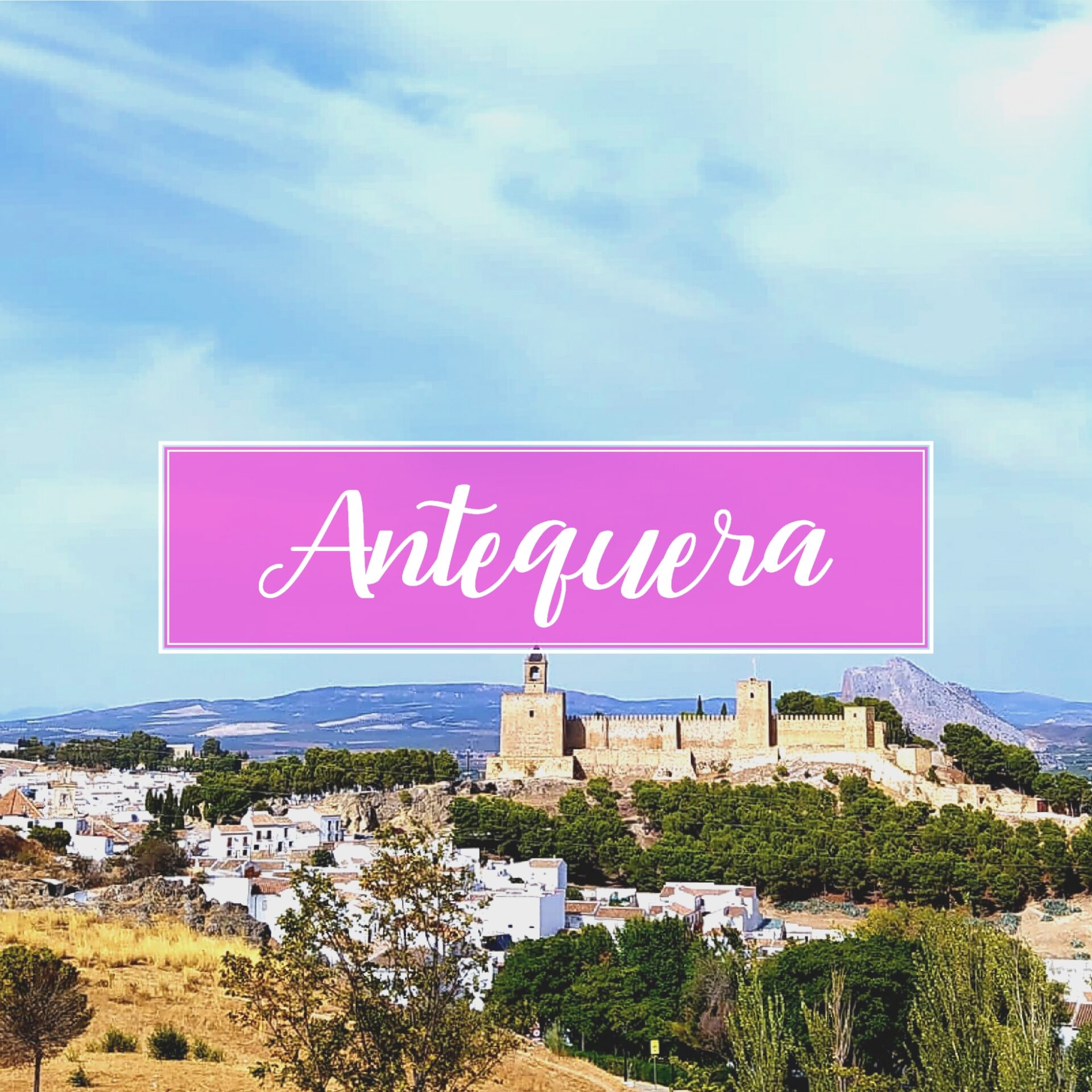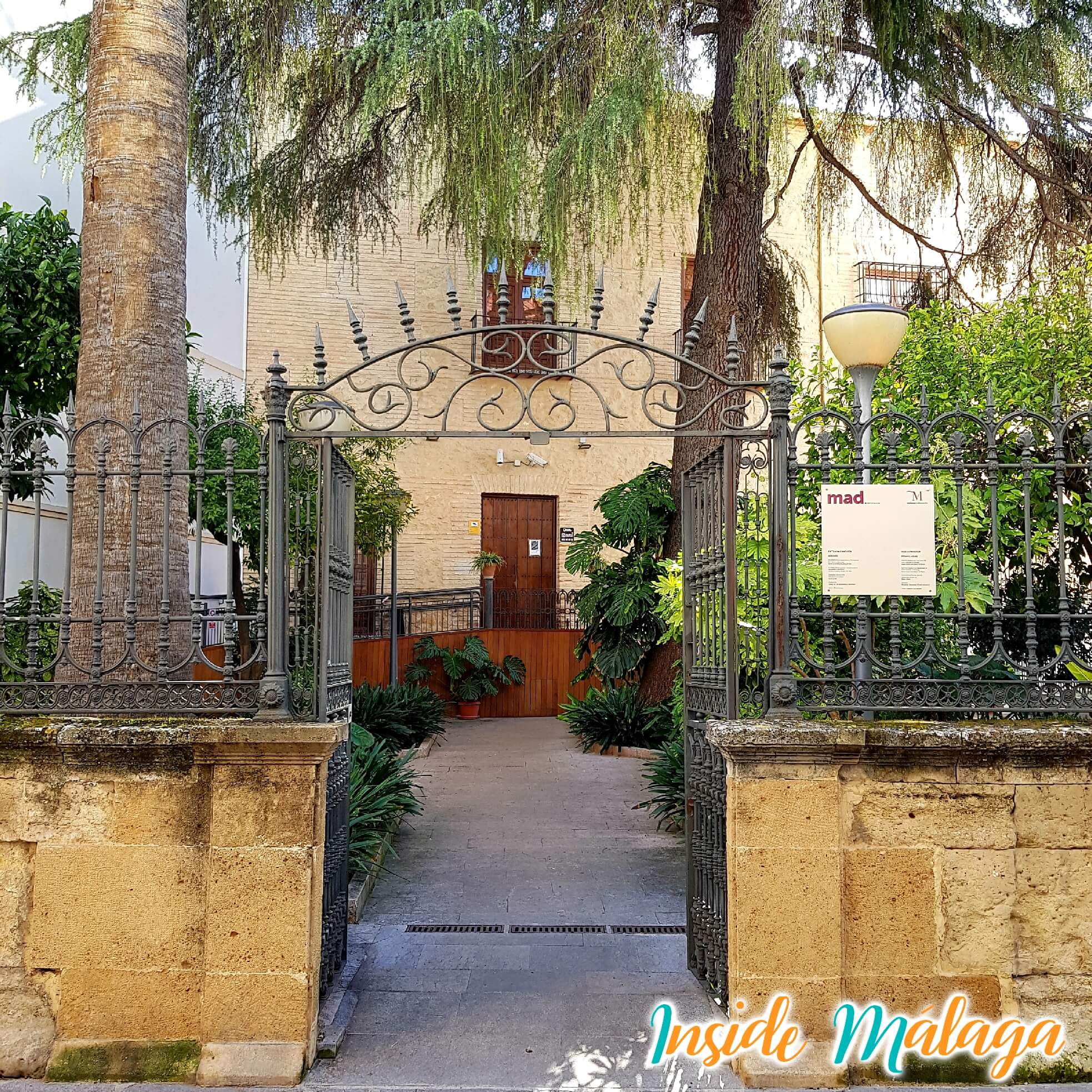Antequera is monumental and historic. Dozens of squares, churches, palaces make this city one of the most important in the province. Antequera is a UNESCO World Heritage Site thanks to its tradition, its thousand-year-old dolmens, the El Torcal natural area and the majestic Peña de los Enamorados.
Where is Antequera located
Antequera is located 52km from Malaga capital with a population of 41.239 inhabitants. The municipal term has a dimension of almost 750km square.
Origin of the name Antequera
In Roman times it was called Anticaria, which later in Arabic was derived in Antaquira.
Demonym of the people of Antequera
The inhabitants are called “antequerano or antequerana”.
Curiosities about Antequera
- It is the largest municipality in the province of Malaga.
Monuments and places of interest in Antequera
- Fortress of Antequera: The fortress of “Papabellotas” is a fortified site that can be visited, built on Roman remains around the 11th-12th century by the Muslims. In 1361 this fortress prevented Pedro I from reconquering this area. The fortress is a construction of two towers joined by a wall with two other smaller towers. The largest and most important tower is the Torre del Homenaje also known as El Reloj de Papabellotas. This tower is one of the largest towers among the andalusian Muslim towers. In 1582 a stone and brick bell tower was built on top of the Torre del Homenaje. The other tower is called the White Tower, which shows with what perfection and great technique the muslims were already building.
- Dolmens site Antequera: They are three megalithic monuments built approximately 6500 years ago. The Menga, Viera and Romeral dolmens constitute one of the most important dolmen sites in Europe and the World.
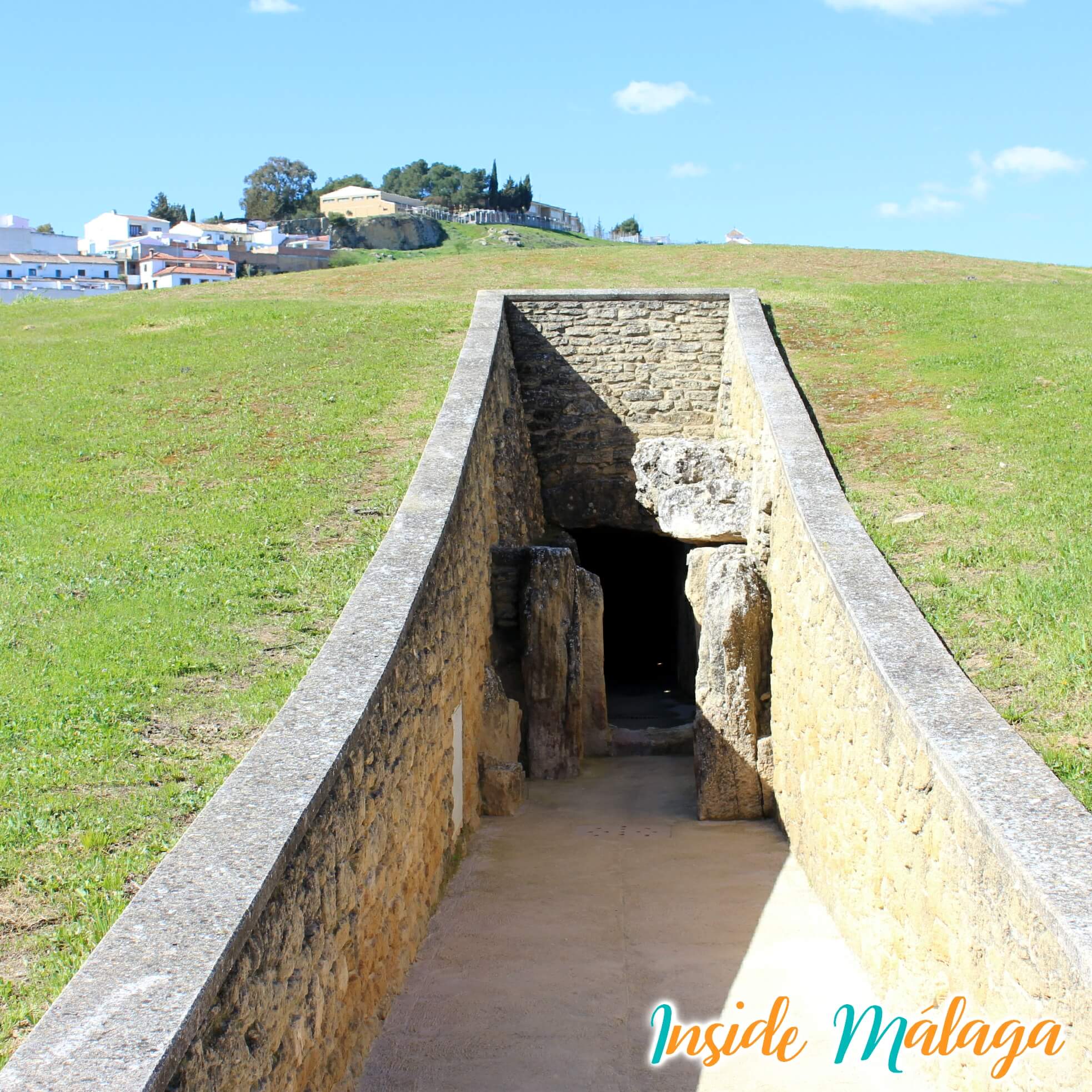
- Gate of Estepa: Next to the bullring you will find this civil structure that was destroyed in 1931 but rebuilt in 1998. For its construction they used red limestone bricks and stones that come from the El Torcal natural site in Antequera. The upper arch houses the image of the Virgen Del Rosario.
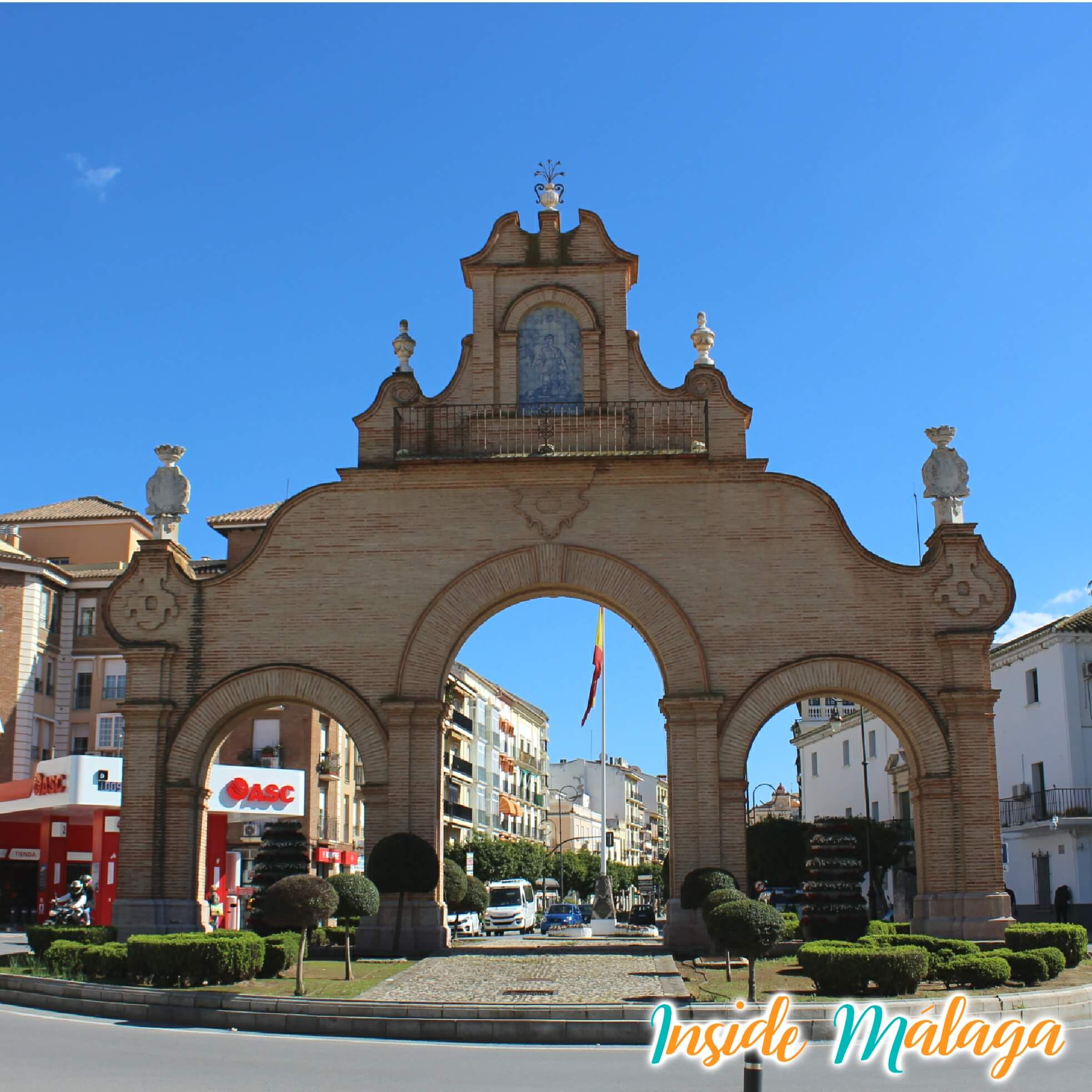
- Bullring: Plaza de Toros: Built in 1848 and has the nickname “La maestranza chica” (Referring to the Maestranza of Seville).
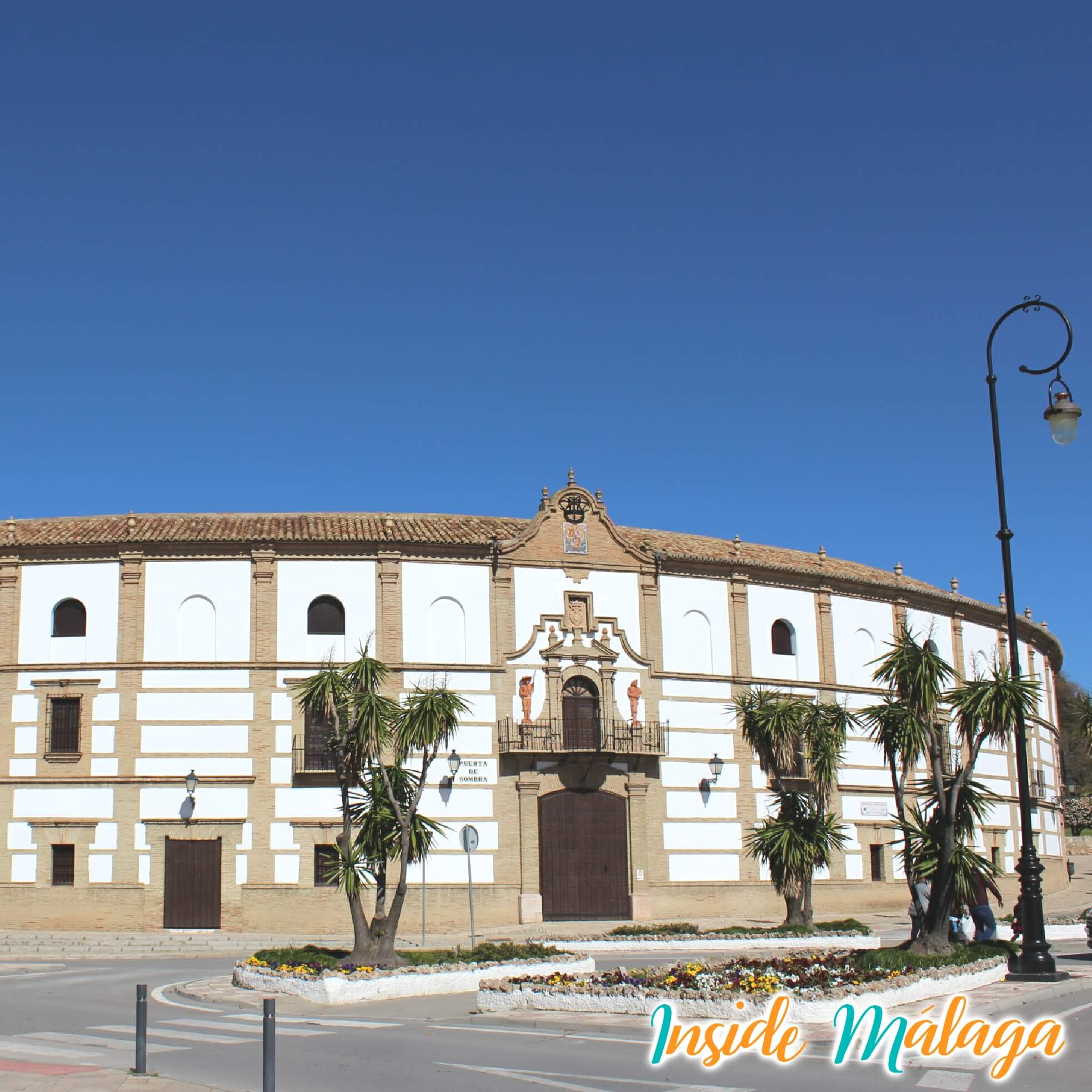
- Arco de los Gigantes: The arch built in 1585 with a wall 2 meters thick and 7 meters high. This arch represents a great Renaissance monument in the city. This monument is like a showcase for Roman inscriptions, some originals and other reproductions of the originals that are in the city museum.
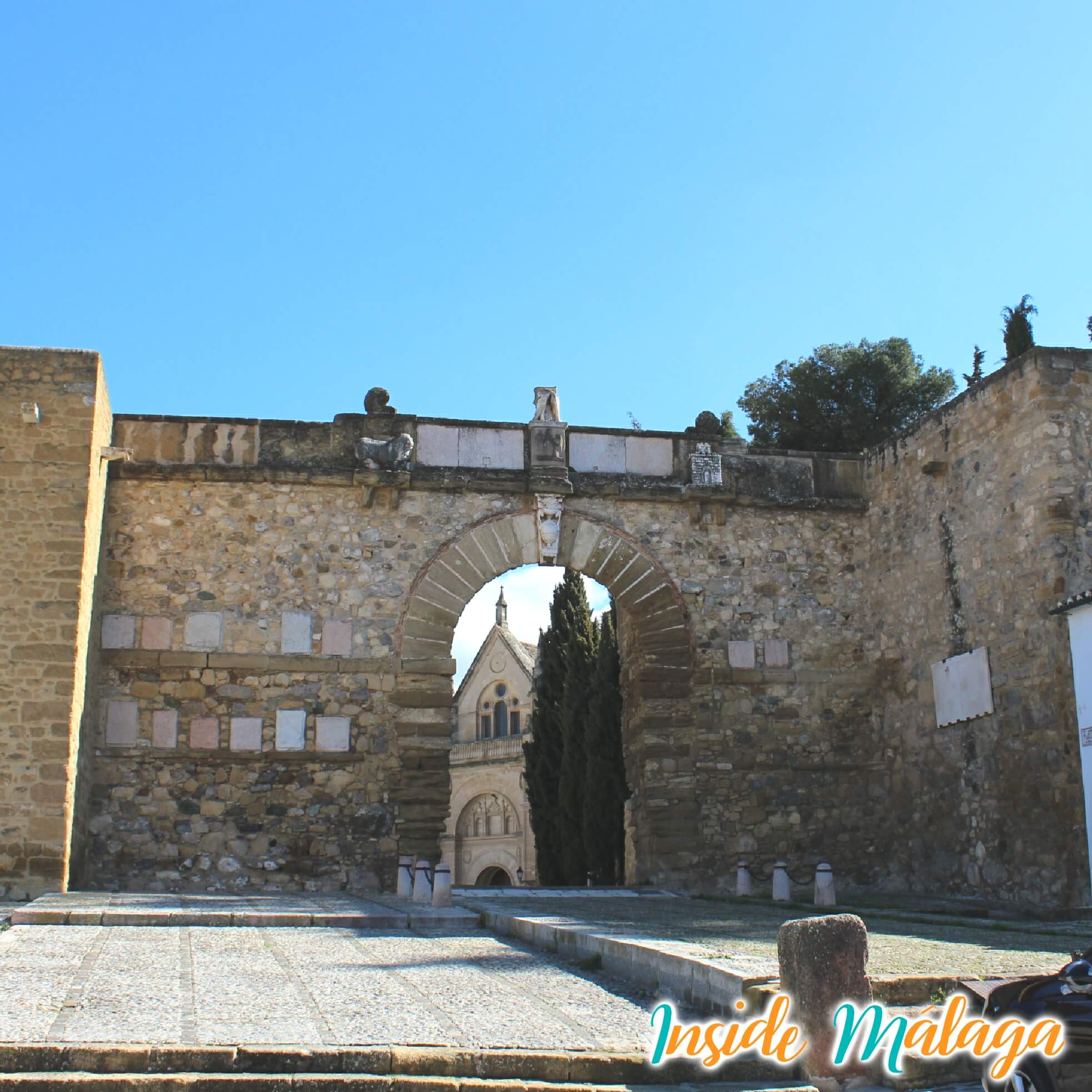
- Lobo Park: A park dedicated to this amazing mystical animal where it allows you to observe and better understand the social behavior of these animals in its natural habitat. Guided tours by experts will make you discover more about Canis lupus.
- Peña de los enamorados: It is a limestone giant rock that has the characteristics of a face of a person lying down, it is also popularly known as “the Indian”.
- Plaza del Coso Viejo: The square is located in the historic center. Popularly known as Vegetable Square, since the food market used to be held in this place. The statue represents the Infante Don Fernando mounted on a horse, he was the one who reconquered these lands in 1410 to incorporate them into the Crown of Castile.
- Fountain of the Four Elements: Located in the Plaza del Coso Viejo, the four pipes represent the four elements: Earth, Fire, Water, Air.
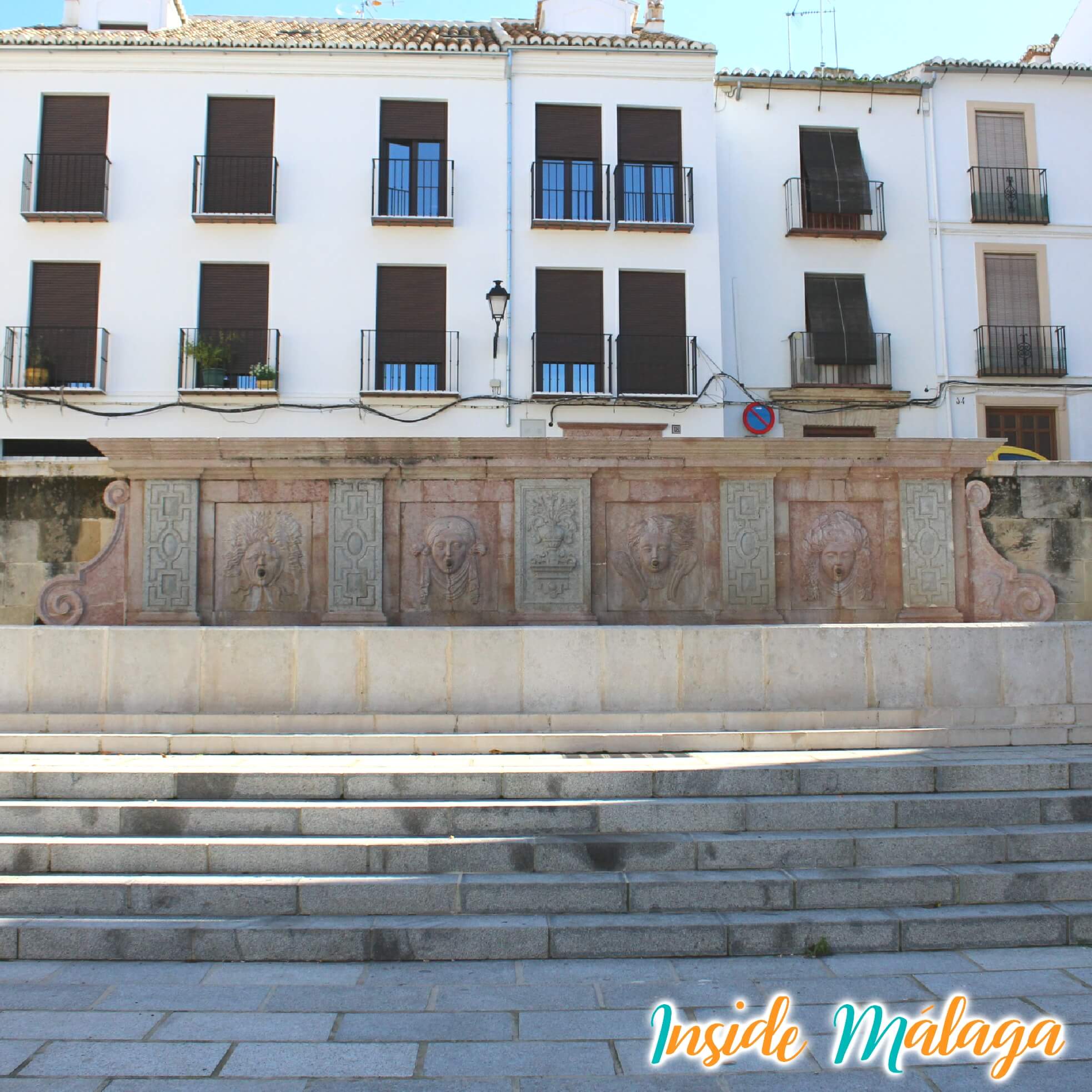
Churches and religious buildings in Antequera
- The Royal Collegiate Church of the Saint Mary: It is the first columnar church in Andalusia and one of the first in Spain. The construction of the temple was carried out between 1514 and 1550. It is considered the first columnar church and temple in the Renaissance style in Andalusia.
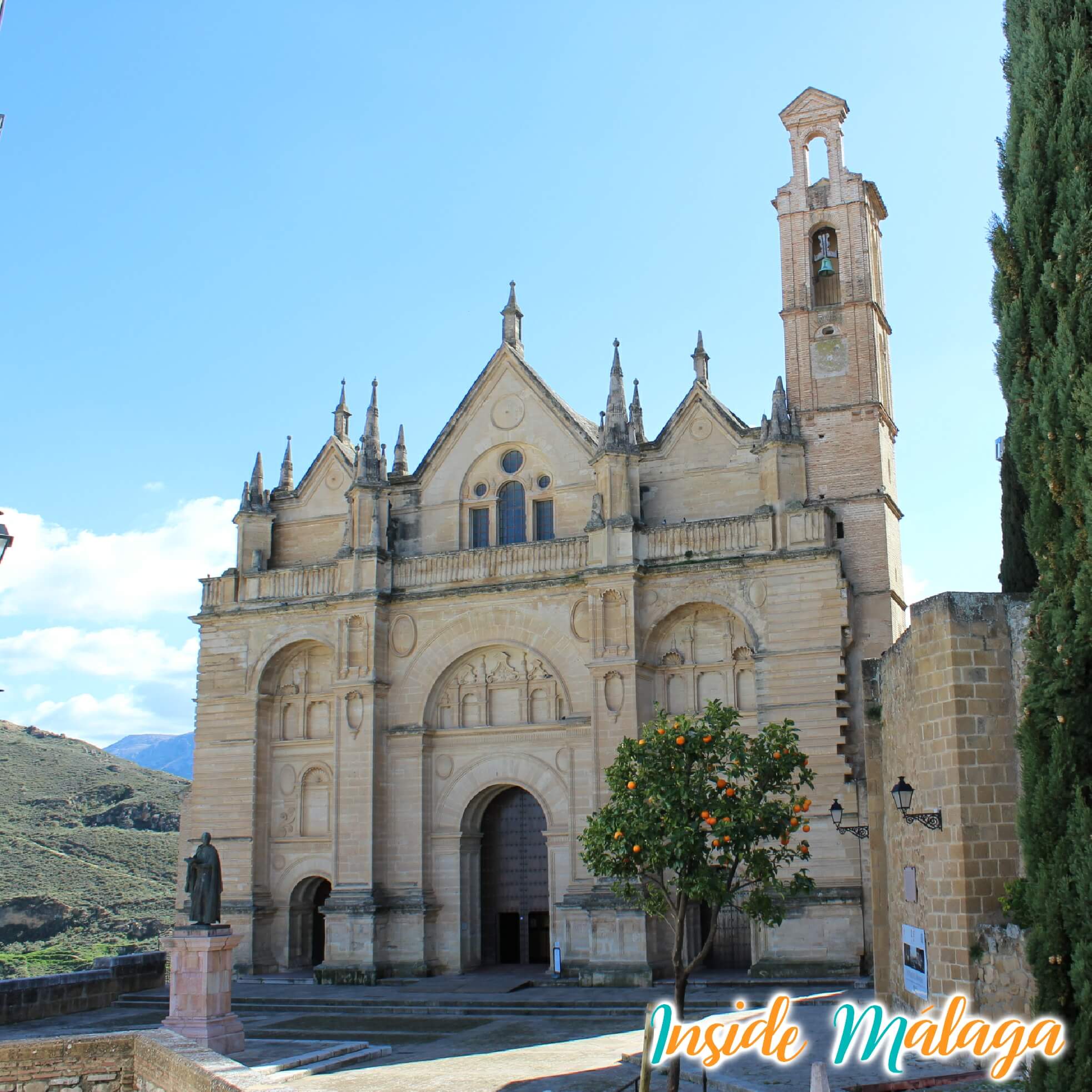
- Royal Collegiate Church of San Sebastián: The temple was built between 1540 and 1549. Its brick tower measuring more than 60 meters which is emblematic for the city was built between 1701 and 1706 in a Baroque style. At the top of the tower is a figure popularly known as the “Angelote” that measures 3 meters and a half. The doorway of the entrance is in the Renaissance style, with three sections above containing the sculptures of Saint Paul, Saint Peter and Saint Sebastian with above the coat of arms of Charles V, Emperor of Spain. The temple is formed by three naves. The main chapel is from the 18th century, with a classicist style predominating. In this temple is the tomb of Rodrigo de Narváez, the first mayor of Antequera.
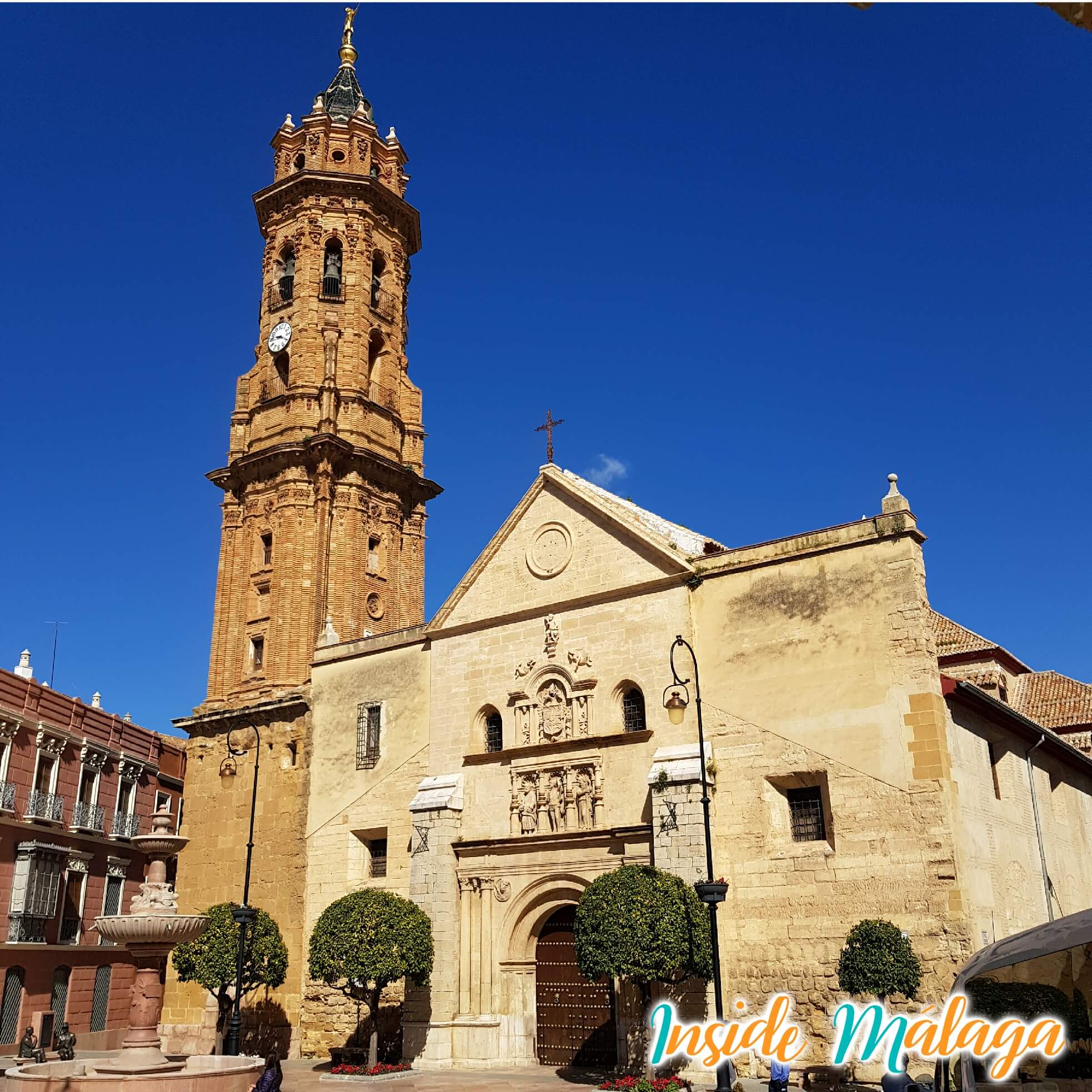
- Convent of Madre de Dios de Monteagudo: In 1520 the Augustinian religious community was established in the village. This convent was dedicated to the invocation of Our Lady of Monteagudo when it received as a donation an image of this Virgin originally from Scherpenheuvel located in Belgium. The main building was largely destroyed by a fire in 1745, between 1747 and 1761 a restoration and reconstruction of the building as we know today was carried out. The tower that is crowned by an octagonal spire is considered one of the most beautiful towers of Andalusian baroque.
- Convent of the Encarnación: It is one of the oldest convents in the city, it belongs to the Calzada Carmelite order. Above the regular door, which is the one through which you enter the enclosure nuns, you will find the marble sculpture of Elías, who is considered the spiritual leader of the Order of the Carmelites.
- Convent of Magdalena: It is the old convent of San Pedro de Alcántara that has been built in parts since the 16th century. After years of neglect, in 2009 it was restored and turned into a five-star hotel.
- Convent of the Trinidad: The convent was erected between 1672 and 1683 in a baroque style.

- Convento de Belén: The convent is a Carmelite foundation that dates back to the 17th century. The architecture stands out for its sobriety of its stone and brick façade. The altarpiece of the main altar contains a sculpture of Saint Bruno.
- Church of San Agustín: The former convent of San Agustín that was built by Diego de Vergara between the years 1550 and 1556.

- Royal Monastery of San Zoilo: Founded by the community of Observing Franciscans with the support of the Catholic Monarchs in the year 1500. The city gave wide lands through a Royal Decree to build a monastery. At present, only the church of that group is preserved. The monastery was abandoned after the confiscation of 1835, it was in 1872 when it was occupied by the Little Sisters of the poor. During the civil war the complex suffered more abandonment and plunder.
- Church of San Pedro
- Church of Santa María de Jesús: Located in Plaza Portichuelo next to the Chapel of La Virgen del Socorro. Its construction began in 1527, finishing the temple in the 17th century. It was owned by the Convent of the Third Order of Franciscans, suffering great damage during the French invasion. The temple contains several important sculptures such as Jesus the Nazarene and the Cross of Jerusalem.
- Church of San Juan Bautista: The temple was built in 1584 in a mannerism and simple style. Inside, one of the most venerated images in the city stands out, which is Christ of Health and Waters from the 17th century. In the main chapel there is an altarpiece made by Toribio Sánchez Calco in 1646.
- Church of Carmen: This temple, built at the end of the 14th century in a Mudejar style, is a monument that amazes any lover of Baroque architecture in Spain. We highlight its wonderful altarpieces inside, highlighting the altarpiece dedicated to San Elías. A curiosity is that the altarpieces of the chapels are gilded but the central altarpiece is not.
- Church of Santiago: Located in the Plaza de Santiago. The temple was built in 1519 as a hermitage, since 1822 it has functioned as an independent parish. Its façade contains Mudejar elements and creates a charm since it is a fusion between a chapel and a belfry.
- Church of Nuestra Señora de Loreta
- Church of San Juan de Dios
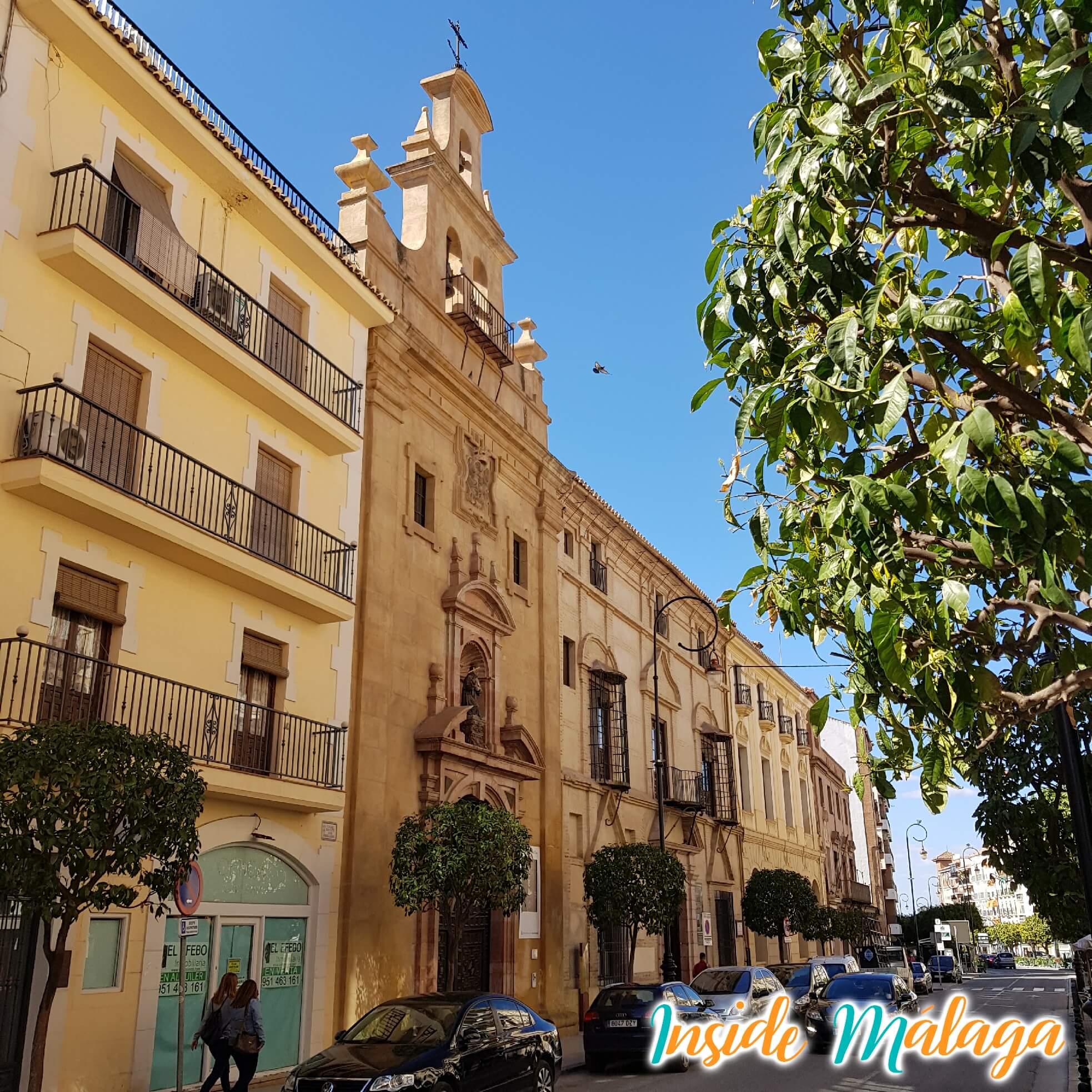
- Church of San Miguel: The temple was erected and built in the first half of the 19th century. Its most important structural reform was carried out in 1954, preserving the chapel, the belfry and the dressing room from the original temple, but increasing the height of the central nave. Inside there is a niche that houses the image of San Miguel, accompanied by San Juan Bautista and Nuestra Señora de Fátima.
- Church of Nuestra Señora de los Remedios: Church dedicated to the patron saint of Antequera since the 16th century. The church has a Latin cross plan with side chapels. The chapel of the Virgin located in the altarpiece of the main chapel was carved between 1700 and 1707. Inside we highlight the images of the Christ of Luck and the Virgin of Transit. The entire ceiling and space of the temple is covered with paintings on the life of the Virgin, San Antonio and San José.
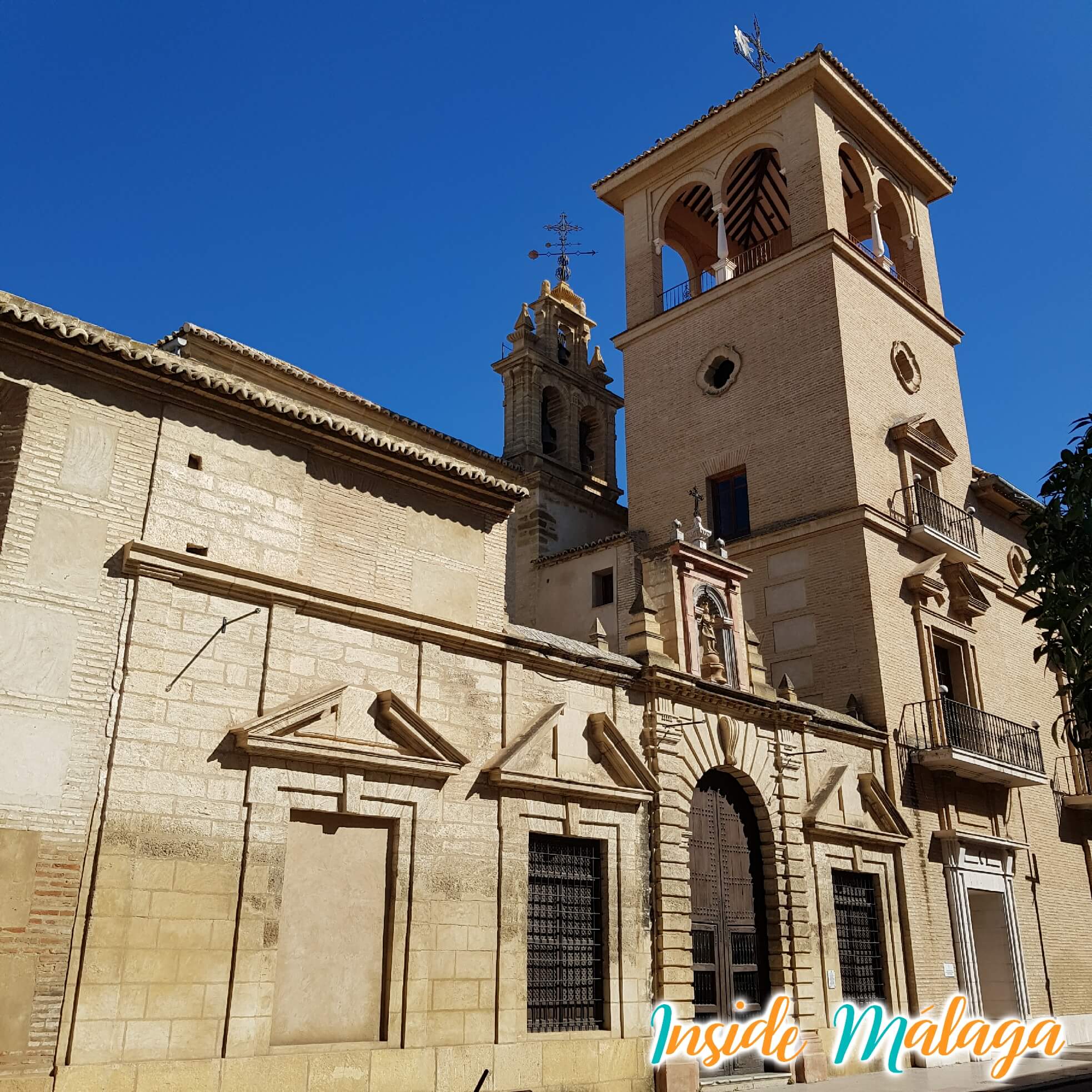
- Chapel of Virgen del Socorro: Located in the Plaza del Portichuelo square, also called <Capilla del Portichuelo> built in 1715. Its facade is architecturally very original made of stone and brick veneer .
- Chapel Tribune of the White Cross
- Chapel Tribuna de la Cruz Blanca: This small temple is located at the crossroads of Santa Clara and Lucena streets. It was built in 1774. This chapel is part of the procession and devotional stop during Good Friday when the procession of the Virgen del Socorro takes place.
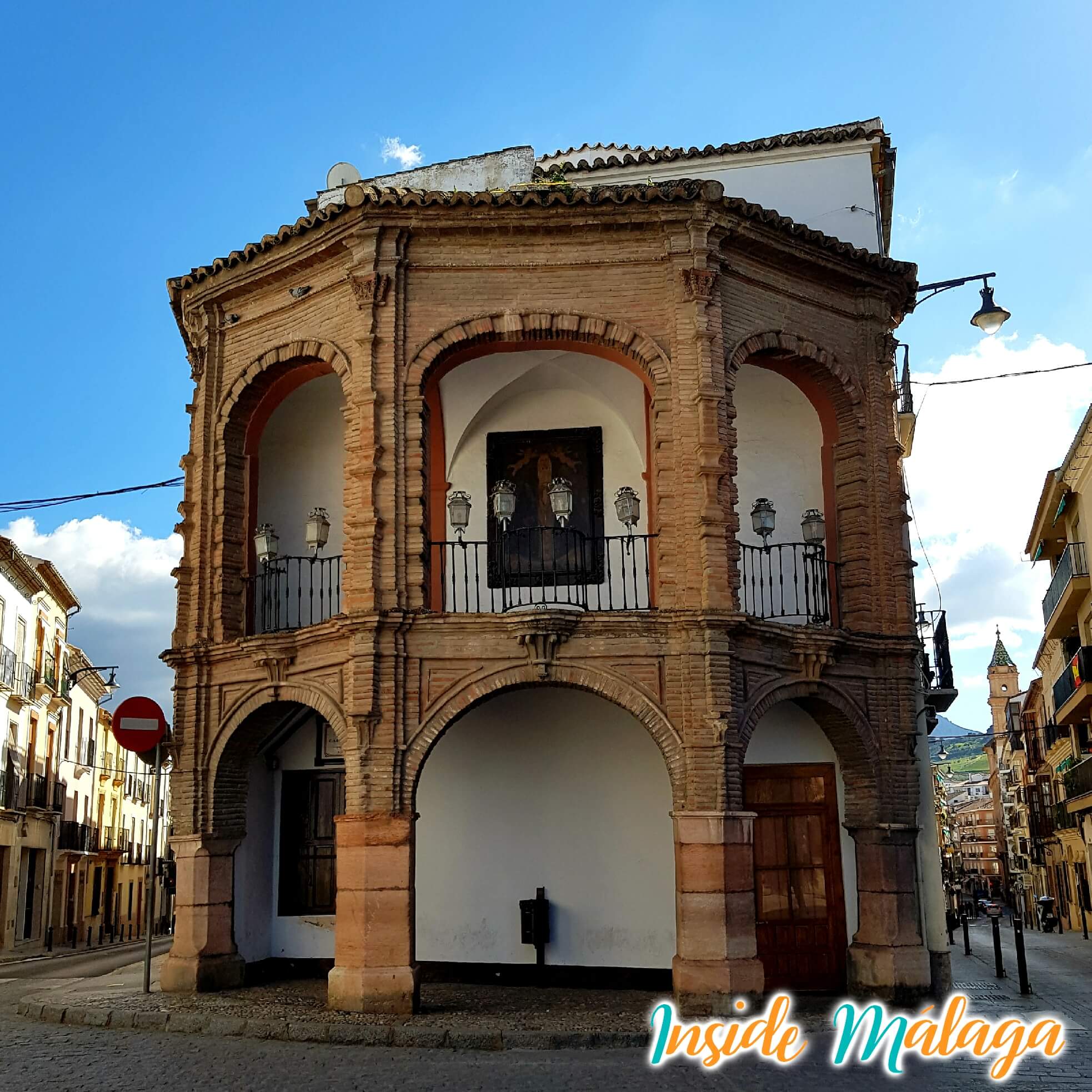
For more information about Antequera ciudad: visit the City Council page
